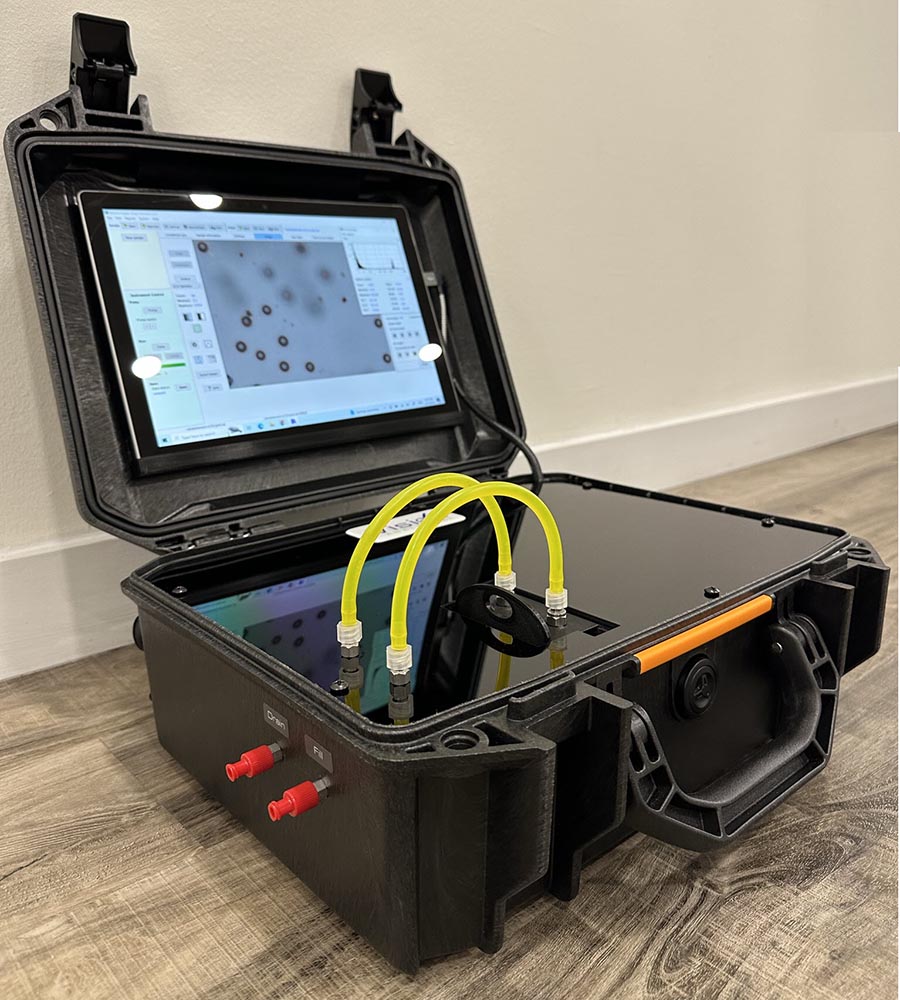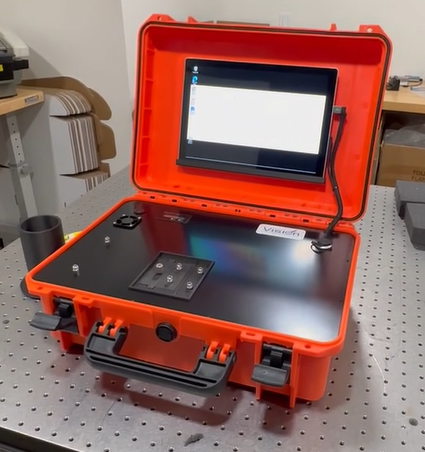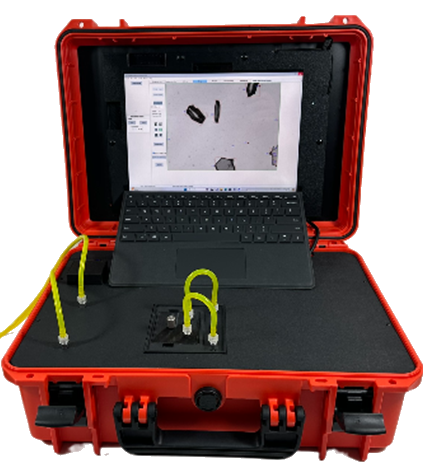


The Pi Raptor Portable is a robust particle size and shape analyzer, ideal for the Water Quality and Water Testing industry. Encased in a durable, carry-on case, it ensures high-resolution analysis on-site or in the lab. Utilizing advanced Dynamic Image Analysis, it delivers precise, reliable data crucial identifying and quantifying contamination in water. The innovative “Raptor” architecture enhances image quality and functionality, while its sample handling capabilities support both field analysis and on-line applications.
OVERVIEW
Dynamic Image Analysis performs Image-Based Particle Counting and offers significant advantages when measuring and counting particles for water quality. Here’s why this Real-Time Particle Monitoring system is particularly beneficial:
Short Video on Water Quality and Filtration Efficiency
Below is a short video showing how Dynamic Image Analysis can be used to monitor water quality on-line and offer a new solution to determine filtration efficiency. By using an image-based particle counting platform, identification of particles can be made. Other techniques cannot do this leaving them to count bubbles as particles.
Short Video on Produced Water
Produced water is a by-product of the Oil and Gas industry that requires the not only particle counting but also particle identification.
How Does It Work?
View this short video to see how easy it is to run a water quality sample on the Particle Insight Raptor.
FEATURES
Portability
Contained in a durable ruggedized case paired with its own battery power supply and cooling system, the PI raptor is designed for use in harsh environments.Wide Measurement ranges available
- Standard magnification version: 1 to 300 μm
- Low magnification version: 10 to 800 μm
- Super low magnification version: 20 to 2000 μm
Robust data visualization
The tools and features available include:- correlation plots
- distribution plots
- classification tools
- manufacturing pass/fail capability
- particle concentration
Not just pretty pictures
Besides having industry best image quality, the Pi Raptor Portable has many tools that help any operator to make easy decisions on their process. Thumbnail images offer objective evidence. No experts needed.Real Time results
The raptor portable can deliver results in minutes so that you may make decisions right then and there







